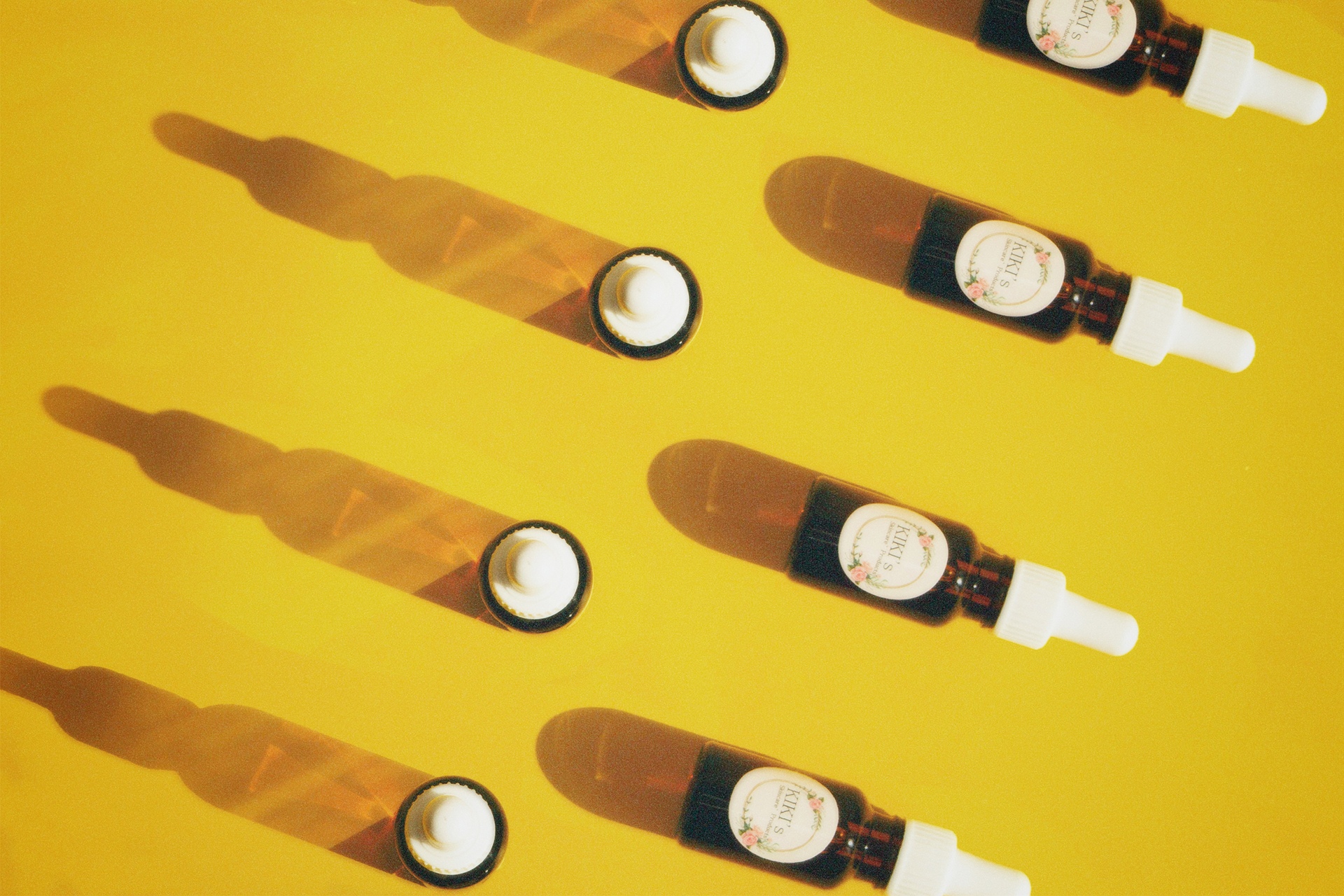Cosmetic procedures have become increasingly popular for enhancing appearance and boosting confidence. However, like any medical treatment, they can come with side effects. Understanding how to manage and treat these side effects is essential for maintaining healthy skin and achieving the desired results. This comprehensive guide will delve into the various side effects associated with common cosmetic procedures and provide effective treatments to address them. Whether you are considering a procedure or have already undergone one, this article will offer valuable insights to help you navigate the recovery process.
Understanding Common Cosmetic Procedures and Their Side Effects
1. Dermal Fillers
Side Effects:
- Swelling and bruising
- Redness and tenderness
- Lumps or bumps
- Allergic reactions (rare)
Treatment:
- Swelling and Bruising: Apply a cold compress to the affected area for 10-15 minutes at a time during the first 24 hours. Over-the-counter anti-inflammatory medications like ibuprofen can also help reduce swelling and discomfort.
- Redness and Tenderness: Gentle cleansing and moisturizing can soothe the skin. Avoid using harsh skincare products and makeup until the redness subsides.
- Lumps or Bumps: Massage the area gently as advised by your practitioner. If the lumps persist, hyaluronidase injections can dissolve hyaluronic acid fillers.
- Allergic Reactions: Seek immediate medical attention if you experience severe allergic reactions. Antihistamines and corticosteroids may be prescribed to manage symptoms.
2. Botox
Side Effects:
- Pain at the injection site
- Headache
- Drooping eyelid or eyebrow (ptosis)
- Dry eyes or excessive tearing
Treatment:
- Pain at the Injection Site: Apply an ice pack to reduce pain and swelling. Over-the-counter pain relievers like acetaminophen can also help.
- Headache: Stay hydrated and rest. Over-the-counter pain medications can alleviate the headache.
- Drooping Eyelid or Eyebrow: This side effect usually resolves on its own within a few weeks. In the meantime, avoid massaging or rubbing the area. Your doctor might recommend eye drops or other treatments to help manage symptoms.
- Dry Eyes or Excessive Tearing: Use lubricating eye drops to relieve dryness. If tearing persists, consult your practitioner for further advice.
3. Chemical Peels
Side Effects:
- Redness and peeling
- Sensitivity to sunlight
- Hyperpigmentation or hypopigmentation
- Infection (rare)
Treatment:
- Redness and Peeling: Use a gentle moisturizer to hydrate the skin. Avoid picking at the peeling skin to prevent scarring. Apply a broad-spectrum sunscreen with at least SPF 30 to protect the skin from UV damage.
- Sensitivity to Sunlight: Limit sun exposure and wear protective clothing, including a wide-brimmed hat. Reapply sunscreen every two hours when outdoors.
- Hyperpigmentation or Hypopigmentation: Topical treatments containing ingredients like hydroquinone or retinoids can help even out skin tone. For persistent pigmentation issues, consult a dermatologist.
- Infection: Keep the treated area clean and avoid touching it with unwashed hands. If signs of infection (increased redness, swelling, pus) occur, contact your doctor immediately for antibiotics or other appropriate treatments.
4. Laser Treatments
Side Effects:
- Redness and swelling
- Blistering or crusting
- Changes in skin color
- Scarring (rare)
Treatment:
- Redness and Swelling: Apply a cool compress and use a gentle moisturizer. Over-the-counter anti-inflammatory medications can help reduce swelling.
- Blistering or Crusting: Do not pick at blisters or crusts. Keep the area clean and apply an antibiotic ointment if recommended by your practitioner.
- Changes in Skin Color: Use products containing ingredients like vitamin C, niacinamide, or licorice extract to help lighten dark spots. For more severe pigmentation changes, consult a dermatologist for laser or chemical treatments.
- Scarring: Silicone gel or sheets can help reduce the appearance of scars. In severe cases, professional treatments like microneedling or laser resurfacing may be necessary.
5. Microneedling
Side Effects:
- Redness and irritation
- Swelling
- Dryness and peeling
- Infection (rare)
Treatment:
- Redness and Irritation: Use a soothing serum or moisturizer containing hyaluronic acid or aloe vera. Avoid using harsh skincare products and makeup until the redness subsides.
- Swelling: Apply a cool compress and consider over-the-counter anti-inflammatory medications to reduce swelling.
- Dryness and Peeling: Keep the skin hydrated with a gentle moisturizer. Avoid exfoliating products until the skin has fully healed.
- Infection: Follow post-procedure care instructions carefully. If signs of infection occur, contact your healthcare provider immediately for appropriate treatment.
General Tips for Managing Side Effects
1. Follow Post-Procedure Instructions
Your practitioner will provide specific aftercare instructions tailored to the procedure you have undergone. Following these guidelines diligently can significantly reduce the risk of side effects and promote faster healing.
2. Stay Hydrated
Drinking plenty of water helps maintain skin hydration and supports the body’s natural healing processes. Aim to drink at least eight glasses of water a day, more if you are physically active.
3. Avoid Sun Exposure
Sun exposure can exacerbate side effects like redness, swelling, and pigmentation changes. Wear broad-spectrum sunscreen with at least SPF 30, seek shade, and wear protective clothing when outdoors.
4. Use Gentle Skincare Products
Avoid using harsh or abrasive skincare products on the treated area. Opt for gentle, fragrance-free cleansers and moisturizers to prevent further irritation.
5. Monitor for Signs of Infection
Signs of infection include increased redness, swelling, pain, and the presence of pus. If you suspect an infection, contact your healthcare provider immediately for evaluation and treatment.
6. Rest and Relax
Giving your body time to heal is crucial after any cosmetic procedure. Avoid strenuous activities and ensure you get plenty of rest to support the recovery process.
When to Seek Professional Help
While most side effects can be managed at home with proper care, some situations require professional intervention. Seek medical attention if you experience:
- Severe or worsening pain
- Signs of infection (fever, increased redness, swelling, pus)
- Allergic reactions (hives, difficulty breathing)
- Persistent side effects that do not improve with at-home care
Psychological Considerations
Emotional Impact
Undergoing cosmetic procedures can have emotional and psychological effects. It’s important to manage your expectations and be prepared for the recovery process, which can sometimes be longer and more challenging than anticipated.
Support System
Having a support system of friends, family, or a mental health professional can provide emotional support during the recovery period. Openly discuss your feelings and concerns to avoid feelings of isolation or anxiety.
Conclusion
Treating side effects from cosmetic procedures requires a combination of proper aftercare, patience, and professional guidance. By understanding the potential side effects and knowing how to manage them, you can ensure a smoother recovery process and achieve the best possible results. Remember to follow post-procedure instructions, stay hydrated, protect your skin from the sun, and use gentle skincare products. If you experience any severe or persistent side effects, seek professional help immediately. With the right care and attention, you can enjoy the benefits of your cosmetic procedure while maintaining healthy and beautiful skin.




